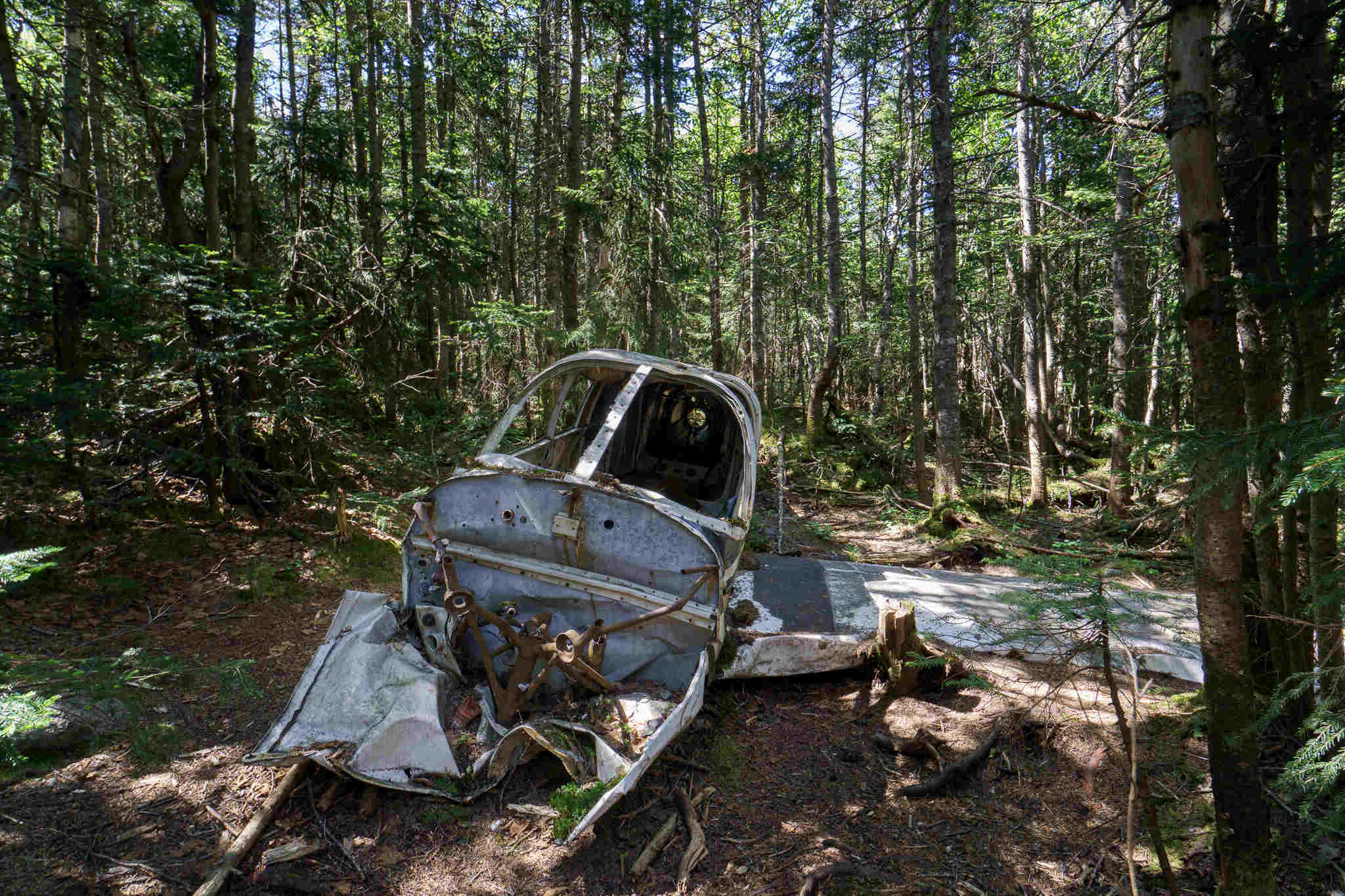
How did William Wallace die? The legendary Scottish knight met a brutal end on August 23, 1305. Captured by a fellow Scotsman, John de Menteith, Wallace was handed over to King Edward I of England. His trial in London was a sham, leading to a horrific execution. Wallace was hanged, drawn, and quartered—a method reserved for traitors. His body parts were displayed across England and Scotland as a grim warning to others. Despite the gruesome death, Wallace's legacy as a symbol of Scottish resistance and independence endures, inspiring countless generations. Let's explore the details of his life and untimely demise.
Key Takeaways:
- William Wallace, a Scottish knight, was captured, tried for treason, and brutally executed by the English, marking the end of his fight for Scottish independence.
- Despite the romanticized portrayal in "Braveheart," Wallace's true story is one of betrayal, a rigged trial, and a gruesome public execution as a warning to potential rebels.
Historical Context
William Wallace, a legendary Scottish knight, played a crucial role in the First War of Scottish Independence against the English. His life and death have been immortalized in various forms, but the true story is often clouded by myth.
- William Wallace was a key figure in the Wars of Scottish Independence, which began in 1296 when King Edward I of England invaded Scotland.
- Wallace's involvement in the conflict was driven by a desire to protect Scotland's sovereignty and its people from English rule.
Capture and Execution
Wallace's capture marked the beginning of the end for his military campaign and the start of his tragic fate.
- On August 5, 1305, William Wallace was captured by a Scottish knight named John de Menteith at Robroyston, near Glasgow.
- Wallace was handed over to King Edward I of England, who had him brought to London for trial.
Trial and Conviction
The trial of William Wallace was a sham, with the outcome predetermined by the English.
- In London, Wallace was put on trial for high treason and crimes against English civilians.
- Despite his bravery, Wallace was no match for the English legal system and was found guilty.
Execution Method
Wallace's execution was designed to be a gruesome public spectacle.
- William Wallace was hanged, drawn, and quartered, a method of execution reserved for traitors.
- This involved hanging him until he was mostly dead, then disemboweling him while still alive.
- His bowels were burnt in front of him, and finally, he was beheaded and his body cut into four parts.
Public Display of Body Parts
To serve as a warning to potential rebels, Wallace's body parts were displayed in various locations.
- Wallace's head was placed on a spike on London Bridge.
- His limbs were sent to Newcastle, Berwick, Stirling, and Perth.
Historical Inaccuracies in Popular Culture
The most well-known depiction of Wallace's life and death is in the film Braveheart, which is riddled with historical inaccuracies.
- The film portrays Wallace as a romantic hero who avenges his wife's murder, which is not supported by historical evidence.
- Blind Harry's 15th-century epic poem The Wallace has significantly influenced the legend of William Wallace.
Marion Braidfute: Fact or Fiction?
The existence of Marion Braidfute, often referred to as Murron MacClannough in Braveheart, is disputed among historians.
- Blind Harry's poem claims that Wallace killed the Sheriff of Lanark in revenge for her murder, but there is no concrete evidence to support this claim.
- It is possible that Marion Braidfute was a fictional character created to enhance the romantic narrative of Wallace's life.
Wallace's Early Life
Little is known about William Wallace's early life, but some clues can be found in historical artifacts.
- Wallace's seal, which includes an image of a bow and arrow, suggests that he may have been an archer before the Wars of Independence broke out.
- His father's name is believed to be Alan Wallace, a minor nobleman from Renfrewshire.
First Known Act: Killing the English High Sheriff
Wallace's first known act of rebellion marked the beginning of his fight against English rule.
- William Wallace's first known act was killing the English High Sheriff of Lanark, William de Heselrig, in May 1297.
Battle of Stirling Bridge
Wallace's military prowess was demonstrated in the Battle of Stirling Bridge.
- On September 11, 1297, Wallace and Andrew Moray co-led the Scottish army to victory at the Battle of Stirling Bridge.
- This battle was a significant turning point in the Wars of Scottish Independence.
Guardianship of Scotland
Following his victory at Stirling Bridge, Wallace was appointed Guardian of Scotland.
- Wallace held the position of Guardian of Scotland until his defeat at the Battle of Falkirk in July 1298.
- During his guardianship, Wallace worked to unite the Scottish nobles and prepare for further battles against the English.
Battle of Falkirk
The Battle of Falkirk was a decisive defeat for the Scots and marked a turning point in Wallace's military career.
- Despite being outnumbered, the English army, led by King Edward I, used innovative tactics such as longbowmen to devastating effect.
- Wallace's defeat led to his removal as Guardian of Scotland and his eventual capture.
Capture by John de Menteith
Wallace's capture was a result of betrayal by a fellow Scot.
- John de Menteith, a Scottish knight, captured Wallace while he was sleeping.
- De Menteith convinced Wallace that their house was surrounded by English soldiers, leading Wallace to surrender.
Trial for Treason
Wallace's trial was a foregone conclusion, with the English determined to make an example of him.
- Wallace was charged with high treason and crimes against English civilians.
- His trial was a sham, with the outcome predetermined.
Execution and Public Display
Wallace's execution was a public spectacle designed to intimidate potential rebels.
- He was hanged, drawn, and quartered, a method of execution reserved for traitors.
- His body parts were displayed in various locations across Scotland and England as a warning to future rebels.
Historical Records
Few historical records of Wallace's life remain, but some artifacts provide insight into his background.
- Wallace's seal, which includes an image of a bow and arrow, is one of the few remaining artifacts that provide insight into his background and activities.
Archery Skills
Wallace's seal suggests that he may have been an archer before the Wars of Independence broke out.
- Archery was a significant skill during this period, and Wallace's proficiency in this area likely contributed to his military success.
Wallace's Sword
The iconic sword associated with William Wallace is often depicted as a giant claymore in popular culture.
- There is no concrete evidence to suggest that Wallace used such a large sword.
- The Wallace clan may have been prouder of their archery skills, as depicted in Wallace's seal.
Brutal Execution Method
Wallace's execution was brutal beyond imagination.
- He was hanged until he was mostly dead, then disembowelled while still alive. His bowels were burnt in front of him, and finally, he was beheaded and cut into four pieces.
Wallace's Enduring Legacy
William Wallace's death was brutal and public, meant to scare off rebels. Instead, it fired up the Scots even more. Captured on August 5, 1305, by John de Menteith, Wallace faced a sham trial in London. Found guilty of high treason, he was hanged, drawn, and quartered. His body parts were displayed across Scotland and England as a grim warning.
Despite the gruesome end, Wallace's spirit lived on. His story, though often romanticized, became a symbol of Scottish resistance. Films like Braveheart and poems by Blind Harry kept his legend alive, even if they stretched the truth.
Today, Wallace stands as a symbol of freedom and defiance against tyranny. Monuments and memorials across Scotland honor his sacrifice. His legacy continues to inspire those who fight for independence and justice. Wallace's name remains etched in history as a champion of freedom.
Frequently Asked Questions
Was this page helpful?
Our commitment to delivering trustworthy and engaging content is at the heart of what we do. Each fact on our site is contributed by real users like you, bringing a wealth of diverse insights and information. To ensure the highest standards of accuracy and reliability, our dedicated editors meticulously review each submission. This process guarantees that the facts we share are not only fascinating but also credible. Trust in our commitment to quality and authenticity as you explore and learn with us.


